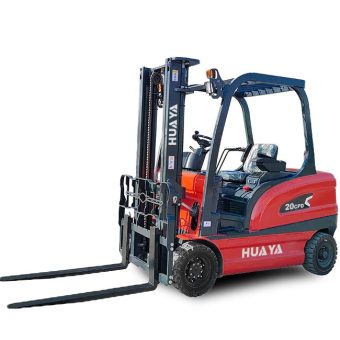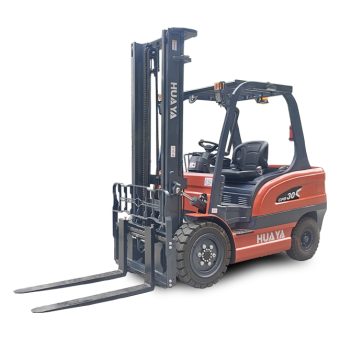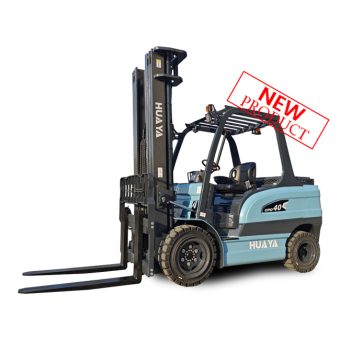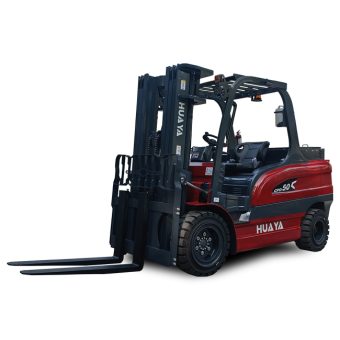
News
Electric forklifts are widely used across industries due to their clean operation and energy efficiency. However, one of the most critical components — the battery — can degrade over time. Reconditioning an electric forklift battery is a cost-effective way to restore its performance and extend its life.

To successfully recondition an electric forklift battery, you’ll need the right tools, safety gear, and chemicals. Here's a breakdown of essential items:
Distilled Water: Used to refill electrolyte levels and prevent mineral buildup.
Battery Hydrometer: Measures the specific gravity of the electrolyte to assess cell condition.
Battery Desulfator or Charger with Reconditioning Mode: Breaks down sulfate crystals on lead plates, restoring efficiency.
Epsom Salt (Magnesium Sulfate): A common additive used to help rejuvenate battery cells.
Protective Gear: Gloves, goggles, and acid-resistant clothing are essential for safe handling.
Voltmeter/Multimeter: For checking voltage and ensuring uniform charge across cells.
Baking Soda and Water Solution: For cleaning corrosion from battery terminals.
While professional reconditioning is recommended for industrial forklift batteries, the following steps give a general overview of the process:
Inspect the Battery: Check for physical damage, cracks, or leaks. Damaged batteries should not be reconditioned.
Clean the Terminals: Use a baking soda solution to remove corrosion from battery terminals and cables.
Test the Electrolyte: Use a hydrometer to assess the electrolyte’s specific gravity. Refill with distilled water if low.
Desulfation Phase: Use a smart charger or desulfator to remove sulfate build-up from lead plates.
Electrolyte Boost (Optional): Add a mixture of Epsom salt and warm distilled water to rejuvenate cells with poor performance.
Equalization Charging: Perform a controlled overcharge to balance the cells.
Monitor and Retest: After charging, recheck voltage and specific gravity to ensure improvement.
Reconditioning is effective for batteries suffering from sulfation and water loss, but not for those with:
Cracked or leaking cases
Severely corroded terminals
Extremely low voltage (below 1.75V per cell)
Internal short circuits or warped plates
If any of these conditions are present, replacement is the safer and more efficient option.



